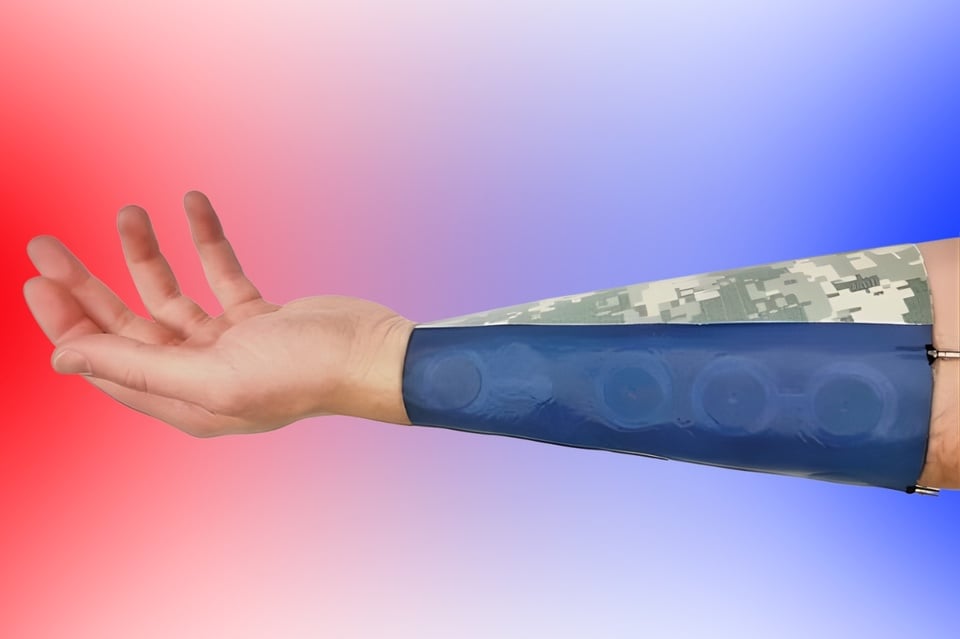 |
The new fabric is expected to provide good support in everyday tasks. Photo: Actile Technologies . |
From army rations to the internet, many military technologies have become common household items. Now, a new material developed at Rice University's Advanced Materials Laboratory continues to push that boundary, with a fabric that can "communicate."
The team is creating strips of fabric that wrap around the body and can stretch, heat, or vibrate to provide tactile feedback to the wearer. What’s special is that the fabric contains no electronics. The technology relies on conductive fibers woven directly into the fabric, powered by air pressure to generate signals.
The initial goal of this fabric is aimed at the military. According to the research team, the fabric can transmit different messages to soldiers through vibrations or squeezes of different frequencies and durations, like a form of command code from the commander.
The system is intended to be an additional communication channel alongside a tablet or headset, and can be worn inside a bulky bulletproof vest. Some designs are also capable of releasing body heat, helping to cool the devices carried.
The Rice team says it is considering expanding the technology to civilian applications. In sports , such as baseball, pitchers, batters, and coaches typically exchange signals manually. If uniforms were equipped with smart fabrics, teams could take advantage of additional tactical options without the need for complicated symbols.
On construction sites, noise and vibration can make it easy for workers to miss warnings of danger. The haptic feedback provided by the fabric can help them get information instantly, even in environments with limited visibility. The technology can also help notify drivers or workers in unsafe conditions.
The idea for this special fabric came from PhD student Jumet, who started a bow tie company in high school and never expected that the sewing skills he learned from his mother would become the basis for a new technology. Jumet is now co-founder of Actile Technologies with Associate Professor Preston of Rice University, hoping to take the invention from the lab to both the battlefield and real life.
According to the development team, in the future, this technology could assist people who are blind or deaf by providing tactile signals instead of sound or images.
“It would be great if the shirt you wear could both warm you up and make you feel relaxed,” said one of the research team members.
Source: https://znews.vn/loai-vai-ky-la-co-kha-nang-giao-tiep-post1603799.html














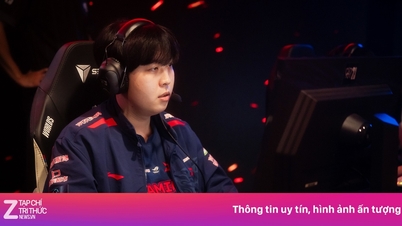







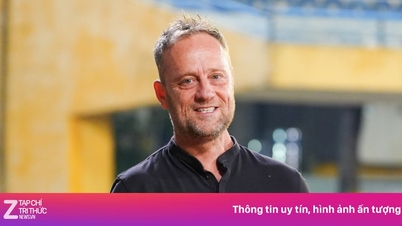

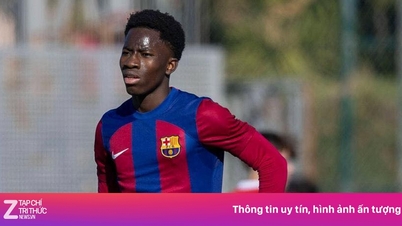
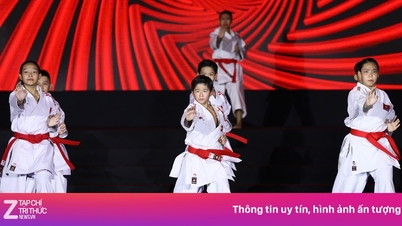

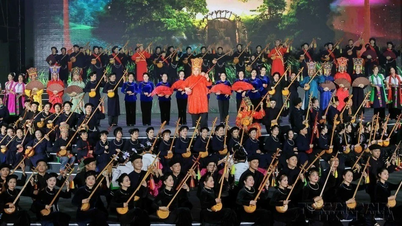





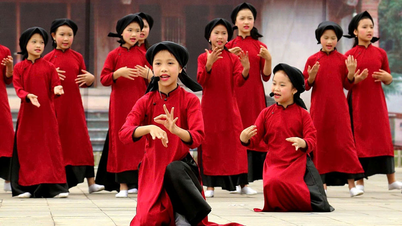

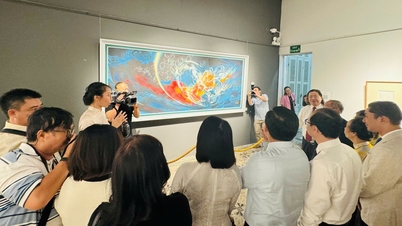


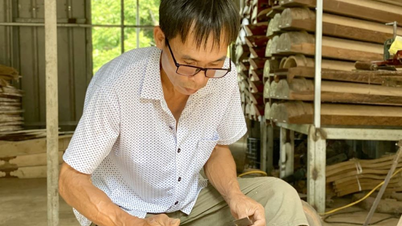

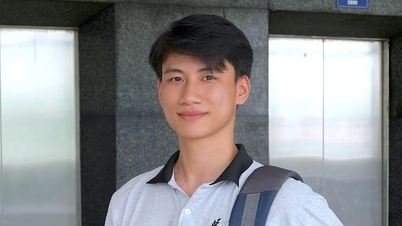

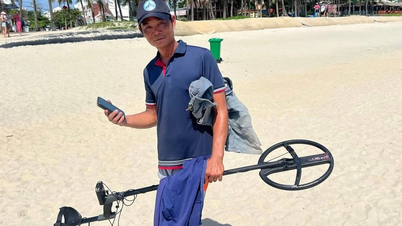


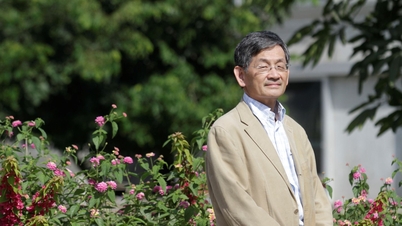



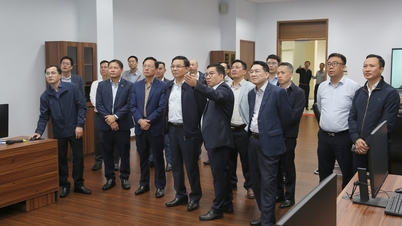












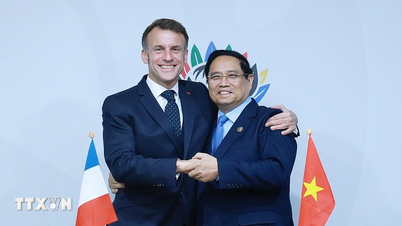

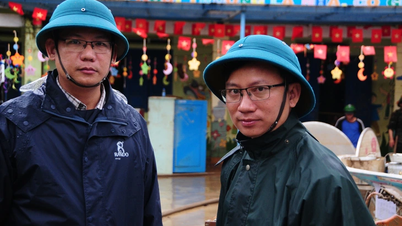
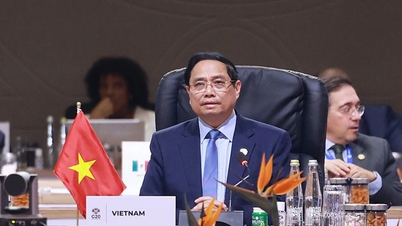

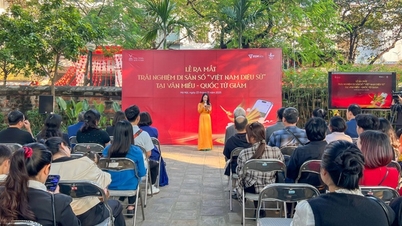



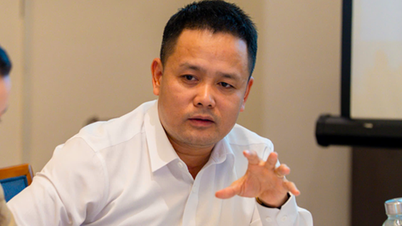

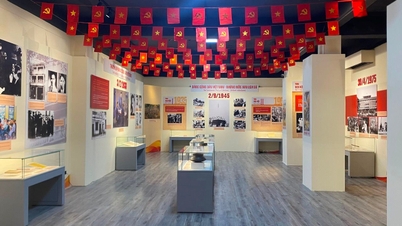

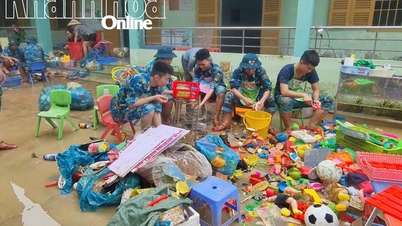



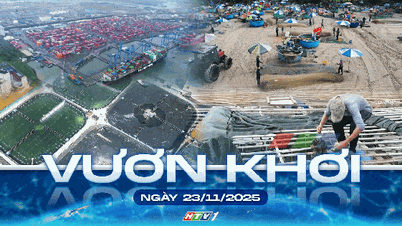
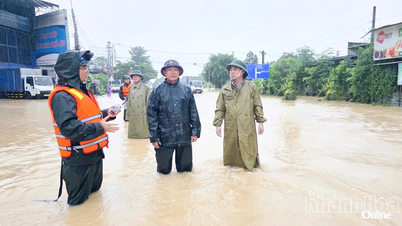















Comment (0)